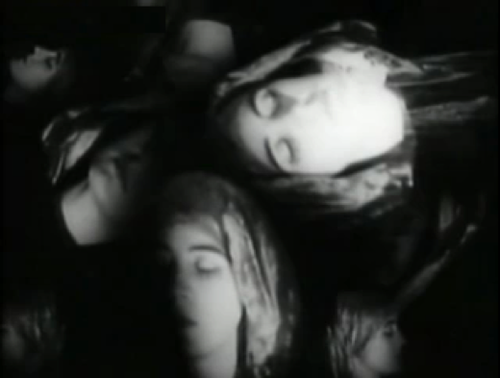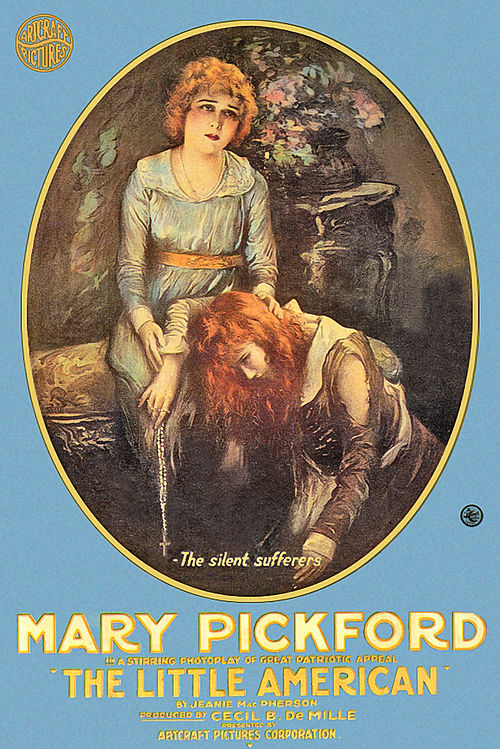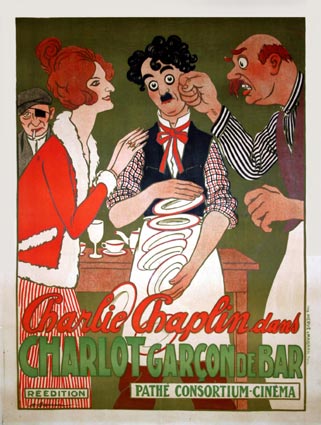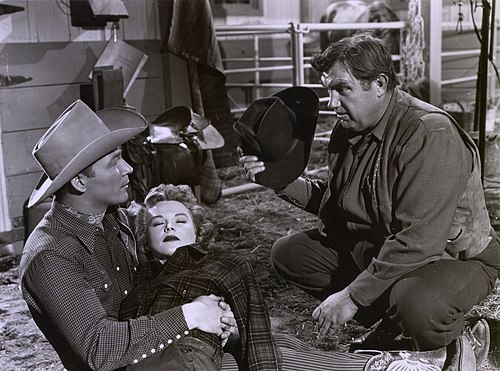Advertisement
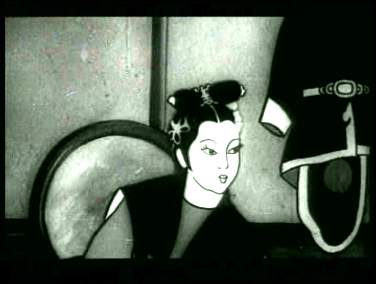
Image source: Wikimedia Foundation (wikimedia.org)
Download Movie [Video Format: MP4]
Movie Source: Internet Archive (archive.org)
Advertisement
Advertisement
Princess Iron Fan (鐵扇公主)
1941
Produced by the Wan brothers in the midst of war, Princess Iron Fan is the first feature length animation made in China. We follow the Monkey King and his friends on their journey to the west. As they reach Fire Mountain they are unable to pass because of the fire but learn that a special iron fan can quench the flames. However, the fan belongs to Princess Iron Fan and she will not willingly lend it to them... Subtitles:
- VobSub (Chinese Simplified & Traditional)
- Chinese Simplified (GB)
- Chinese Traditional (Big5)
- Czech (Windows-1250) (by Michal Maňas aka Snek01)
- English (by Philip Jägenstedt, Esn/Niffiwan and others)
- Russian (by anmo-222 and Esn/Niffiwan)
UTF-8 encoding unless otherwise noted.
Princess Iron Fan (), is the first Chinese animation feature film. The film is based on an episode of the novel Journey to the West. It was directed in Shanghai under difficult conditions in the thick of World War II by Wan Guchan and Wan Laiming (the Wan brothers) and was released on January 1, 1941.
Plot
The story was liberally adapted from a short sequence in the popular Chinese novel Journey to the West. Princess Iron Fan is a main character.Specifically, the film focused on the duel between the Sun Wukong and a vengeful princess, whose fan is desperately needed to quench the flames that surround a peasant village.
Background
Image:Princessironfan2.jpgThe Wan family twins Wan Laiming and Wan Guchan with their brothers Wan Chaochen and Wan Dihuan were the first animators in China. After the release of their first "real" cartoon, Uproar in the Studio (1926), they continued to dominate China's animation industry for the next several decades. In the late 1930s, with Shanghai under Second Sino-Japanese War, they began work on China's first feature film animated film. In 1939 the Wan brothers saw Snow White and the Seven Dwarfs (1937 film) and set the standard in attempting to create a film of equal quality for the nation's honor.
The film took three years, 237 artists and 350,000 Chinese yuan to make. Although the Disney influence is apparent in much of the animation, there is also a distinct Chinese flavor in the film - a flavor that would grow much stronger with the Wan brothers' subsequent films in the following decades. Rotoscoping was used extensively to save money, and the eyes of the live actors are often visible in the faces of the animated characters.
By 1940 the film would render past 20,000 frames, using up more than 200 thousand pieces of paper (400ream=500×400). They shot over of footage. And the final piece would contain of footage which can be shown in 80 minutes. The Wan brothers also invited the following actors and actresses for sound dubbing (白虹),(严月玲),(姜明),(韩兰根),(殷秀岑). At the time they were at the Xinhua Film Company animation department since it was the only remaining production company left during the Japanese occupancy period. The manager of the company who help financed the film was Zhang Shankun.
Princess Iron Fan became the first animated feature film to be made in China and the 12th worldwide (although it is only the 9th that still survives, as the films of Argentina's animation pioneer Quirino Cristiani are thought to be lost). Upon completion the film was screened by the Chinese union film company.
Influence
Its influences were far-reaching; it was swiftly exported to wartime Japan (in 1942), inspiring the 16-year-old Tezuka Osamu to become a comics artist and prompting the Imperial Japanese Navy to commission Japan's own first feature-length animated film, 1945's Momotaro's Divine Sea Warriors (the earlier film Momotaro's Sea Eagles is three minutes shy of being feature-length).- Jonathan Clements. (2002). "Chinese Animation"]. Nickelodeon Magazine].
- Travel Channel China. (2004). "Extensive Info on Wan Brothers". Tieshangongzhu first-length cartoon.
See also
- (another version)
- Completed English subtitles for the film
- A few stills from the movie
Category:1941 animated films
Category:Chinese animated films
Category:Rotoscoped films
Category:Shenmo films
Category:Black-and-white films
Category:Works based on Journey to the West
Category:Chinese films
rights:
In accordance with Chinese law, the copyright for this movie expired in 1991, 50 years after it was published.


